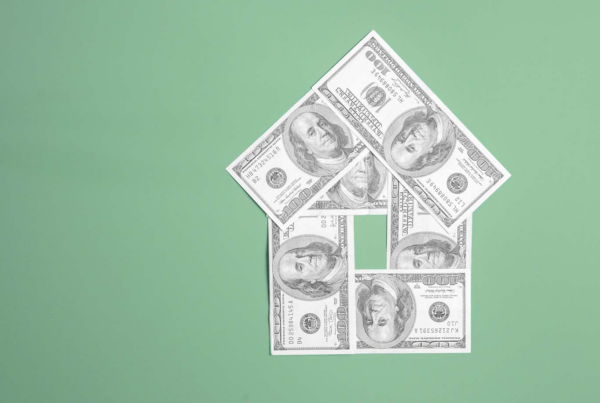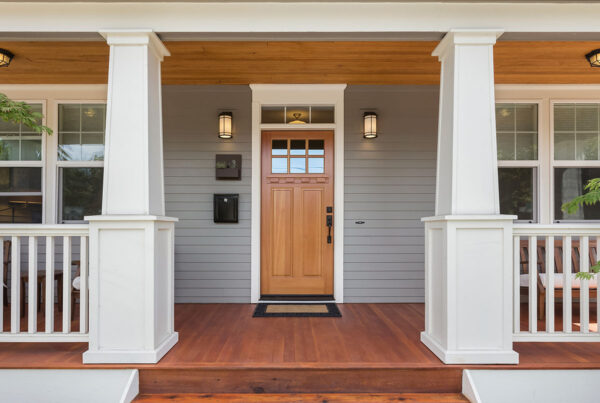Deciding on the type of mortgage you want is an important part of the mortgage application process, but there are also loan terms to consider, which determines how long you’ll be making monthly payments until your loan is paid in full. Although 30-year mortgages are the most common, particularly 30-year fixed-rate mortgages, 15-year mortgages are another popular mortgage term that appeal to homebuyers for numerous reasons. Learning about what each of these terms means, as well as pros and cons of each, can help you determine which mortgage to apply for for your home purchase.
30-year mortgage
With a 30-year mortgage, it takes borrowers twice as long to pay off their loan compared to the 15-year mortgage option. The overall loan balance simply doesn’t go down as quickly, which can be discouraging to some borrowers, and they won’t build equity as fast. Over the course of the entire loan, they pay more in interest, which means they pay more for their home overall when compared to shorter loan term options. However, because this extra interest is stretched out over such a long time period, many borrowers don’t really feel any financial effects of paying the additional interest.
The main benefit of a longer mortgage term, such as 30 years, are the lower payments, compared to the monthly payments that are required for shorter terms. These lower payments can be what makes homeownership a possibility for many borrowers, or it can enable homebuyers to increase their housing budget and the amount that they borrow. Having lower monthly payments can also free up the extra cash for other purposes, or can be used to build up a savings faster.
15-year mortgages
If the idea of making mortgage payments for 30 years is a bit daunting, consider a 15-year mortgage if it’s feasible. Monthly mortgage payments are higher, but the mortgage is paid off in full in half the time, and borrowers pay less in interest over the course of the loan. If you are taking out a government-backed mortgage that allows for lower down payments and/or lower credit score criteria, you may need to pay additional fees called loan-level price adjustments. However, these additional fees typically only apply to 30-year mortgages and not 15-year mortgages. This is one major advantage of a 15-year mortgage for borrowers taking out a government-backed loan.
Although the higher payments means less liquid cash for borrowers, because you are paying into your home’s equity faster, you still have that cash in the form of an asset.
These loan terms can also be advantageous for individuals approaching retirement age who can afford the larger payments. Paying off your home loan right when you’re retiring is the ultimate ticket to financial freedom, whereas having another 15 years of mortgage payments when you’re no longer working can be extremely stressful.
The main disadvantage of a 15-year mortgage is the higher payments, which can put borrowers at a greater risk of defaulting on their loan.
A compromise between the two
If the advantages of a 15-year mortgage are appealing, but you’re unsure if you can commit to the higher payments for 15 years, there is another option that can potentially give you the best of both worlds. Consider opting for a 30-year mortgage, but make larger payments as though you are repaying a 15-year mortgage, as long as your particular mortgage doesn’t impose any prepayment penalties. This gives you the advantage of paying off your loan faster, but without the commitment of higher payments. This way, if there are any changes in your finances, you can easily revert back to the minimum required payments each month. You would also want to request that the extra amount you pay goes towards your principal. One thing to consider about this method, however, is that you will still have the higher interest rate that’s associated with a 30-year mortgage. If you end up sticking to the higher payments throughout the duration of the loan, taking out a 15-year mortgage initially and paying less interest would have been the optimal choice.
Compare your options
At Filo Mortgage, we are happy to help our customers compare the different loans they are considering before making any final decisions. We can run the numbers for you with different loan terms, which can clearly show you the difference in payments between the loan terms, and help you decide on the mortgage term is best suited for you. Contact us today to learn more and get started!








